Table of Contents
Surviving In A Drought
Everything in nature is connected and when a drought happens, everything is affected. The vegetation, wildlife, and you are affected by drought. Plant life dries out and becomes a fire hazard, animals starve to death due to a lack of food and your sources of water are limited. But with the right tools and knowledge, you can survive in a drought.
Fire Risk
During drought seasons, wildfires are abundant, especially in areas where droughts are regular. But when a drought happens in a region where droughts are infrequent, there can be a fatal overabundance of fuel. Dry plants and dead animals are sources of fuel, but you can do something about it. You can dig a deep pit and burn the dead animals. It is important to monitor this fire to make sure it doesn’t spread.
You will need a fire in order to cook and boil water, so having a safe fire pit is crucial. To make a pit, make a circle with nearby rocks. Clear the inside of the pit and dig into the ground several inches. Clear the outside area so that your fire can be contained within the pit. Do everything you can to prevent your fire from spreading.
If a wildfire does happen, you can use your mobility to your advantage. Stay away from the fire prone areas. Avoid ridge tops and steep slopes. Fire can climb uphill very quickly. Even though wind can change direction quickly, try to stay upwind from a wildfire. Stay near creeks and places that have already burned. Your best defense against a wildfire is to evacuate the area as soon as you can.
Personal Hygiene
Your personal hygiene is also important in a drought. You are more at risk for infection when you have a lack of water. It is important to wash your hands after defecation and before cooking. If your bathroom is inadequate for use, make an outdoor toilet that is far from your water source and your shelter. Avoid getting sick at all costs, as illness will deplete your energy reserves and vital fluids.
Water
When it comes to water, find it before you need it. If you wait to look for a source, it will be too late. In a survival situation, you need about a ¼ of a liter of water per day. Drink half of this at midday and the rest of it at night. During a drought, water is your body’s coolant. Not only does it maintain your body’s temperature, it keeps your kidneys functioning and is required by your body to eliminate waste.
Fresh, running water is ideal but all water can be boiled for drinking water. When you find a water source, build a storage area near your shelter. You can build this using the natural resources around you. A simple well can be built in the ground with clay or cement. Make sure that you cover your well to prevent your water from evaporating. It is important to keep this water from being contaminated. Build up the walls of the cistern so that you can have a small opening to cover up on top. Remove any nearby dead animals by burning them in a pit that is away from your well. This will prevent diseases from getting into your water supply.
It is also important not to waste water. Water that you cook with can be reused later for washing. Just make sure to boil your water before consuming it. Boiling the water will sterilize it and will help prevent you from getting sick. Your behavior can also help you conserve water. Avoid exertion and rest often. Stay cool by staying in the shade during the hottest part of the day. Eat as little as possible until you find a substantial source of water. Digestion creates heat, which will be unnecessary in this case because you have little water to keep you cool.
Even in a drought, water sources can be found. In areas that have colder temperatures at night, you can use tarps to collect condensation overnight. Condensation occurs on metal surfaces and you can use a sponge or cloth to collect this water. Another way you can find condensed water is to tie a bag around the branch of a healthy tree. The tree is pulling water from a source below ground that is too deep for you to dig. But if you can take the water from the foliage, you should have a reliable source of water.
Use your largest container to transport water from the source to your cistern. Look for green vegetation. The reason they are still alive is because they have some source of water. Dig next to the plant because there can sometimes be a water source right below ground.
Be cautious if you find a pool of water with no green vegetation around it. This is a sign that the water is polluted and unfit to drink. Pay attention to any animals. They also need water to survive and they can offer clues on where to find water sources. Even insects can be used to find water. Ants can be followed to small reservoirs in trees. It is important to note that animals change in times of drought. Nonviolent animals can become violent towards you so it is best to keep your distance and avoid any confrontation that could injure you.

Consult With Survival Pros
For Those Serious About Their Family's Life-Assurance Plan (and Not Just Life Insurance)
Learn MoreIf you have to go a long time without water, be sure to ration it. When do you drink, take it in sips. If you drink water too fast when you’re dehydrated, you will vomit and as a result, lose even more fluids. Avoid drinking urine and seawater. Both are bad for you and will make you vomit.
With a plan to limit fire hazards, practice proper hygiene and a reliable water source, you should have no problem surviving in a drought. As always, it is important to stay calm and make smart decisions. Your fate depends on even the littlest things.



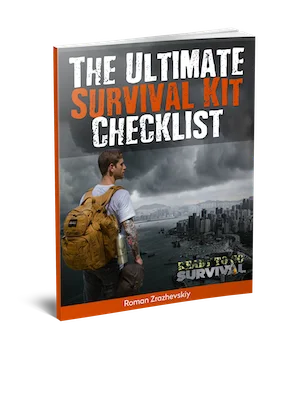







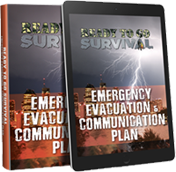



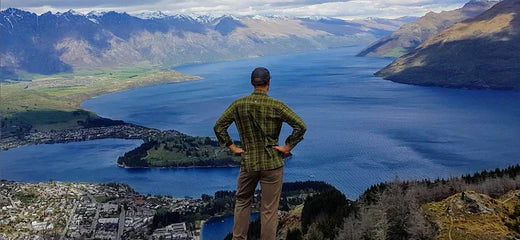
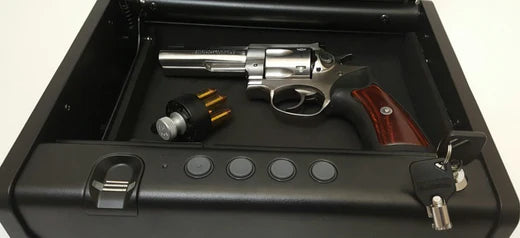


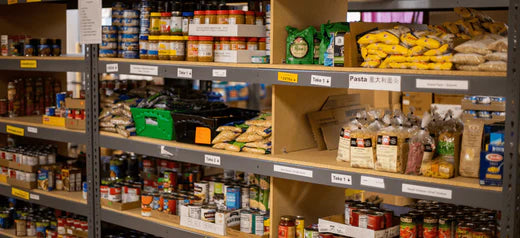
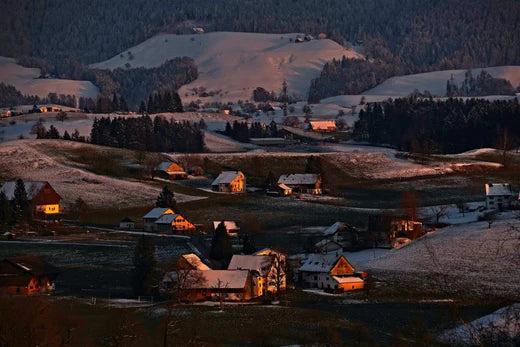
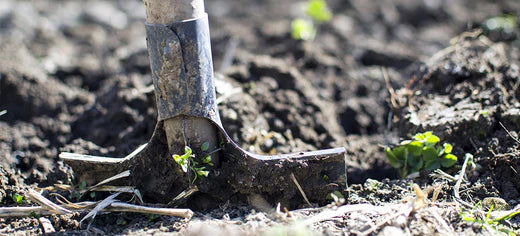

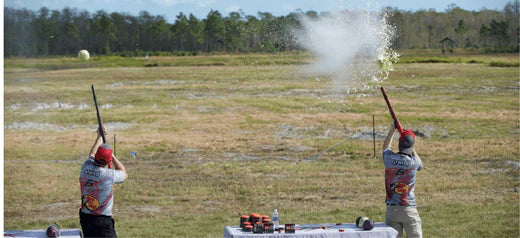
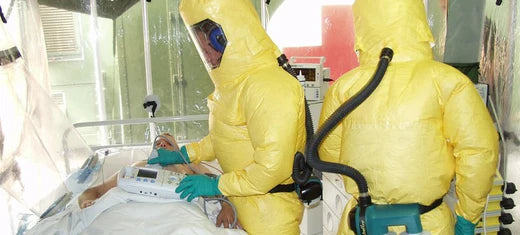

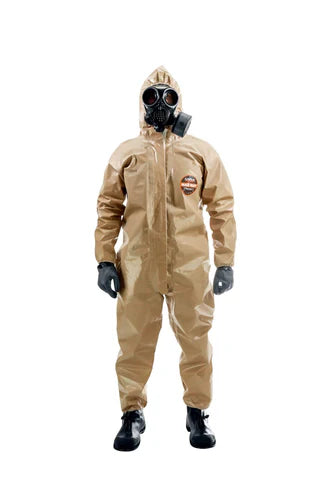
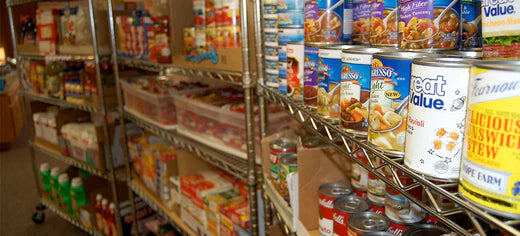
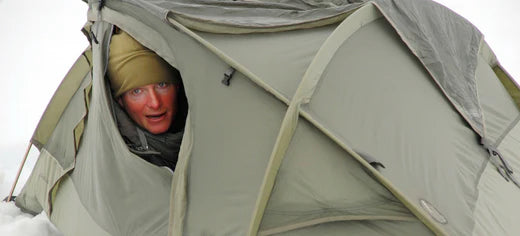
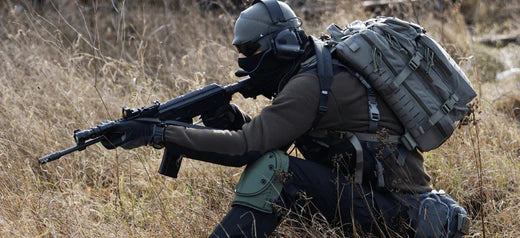


Leave a comment